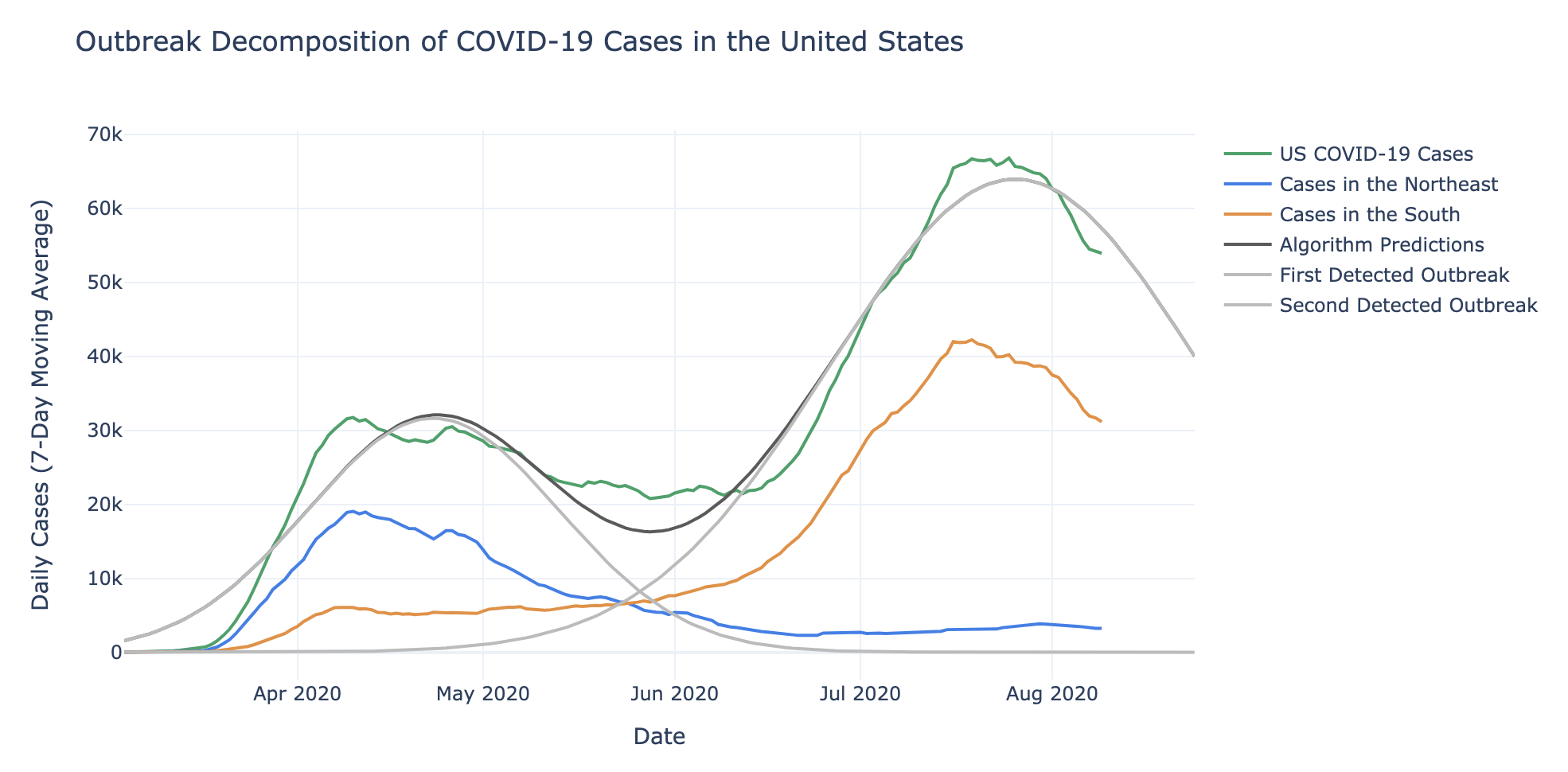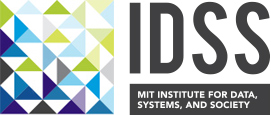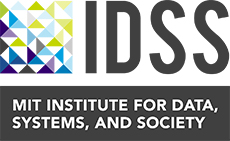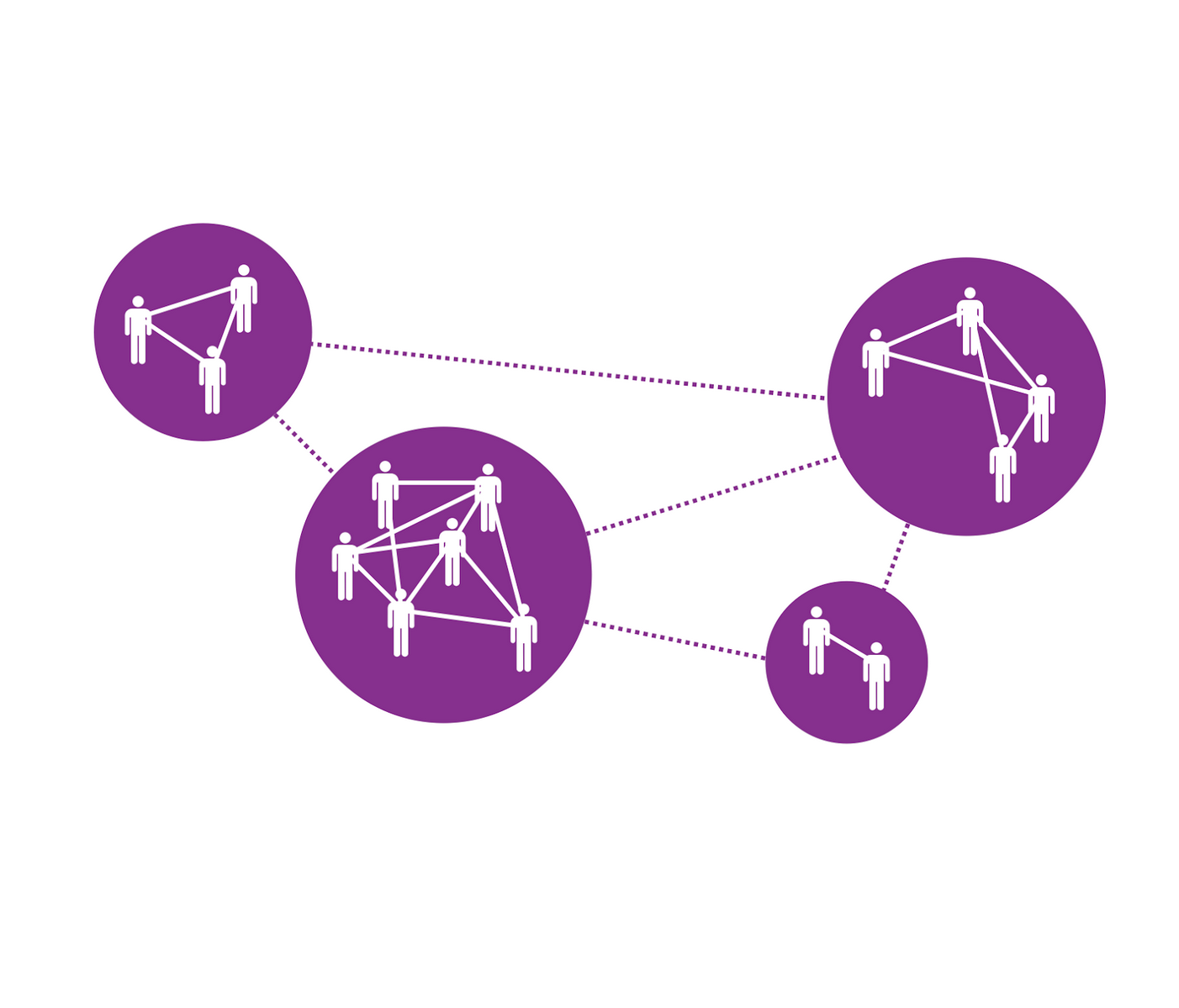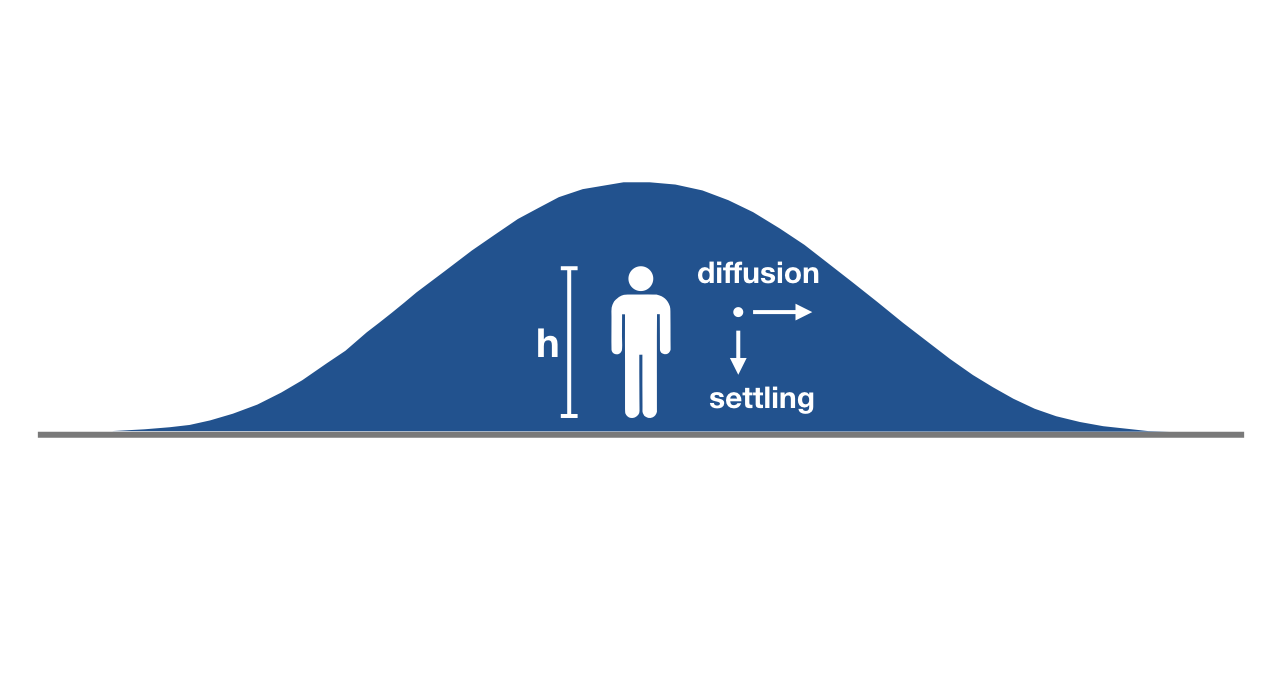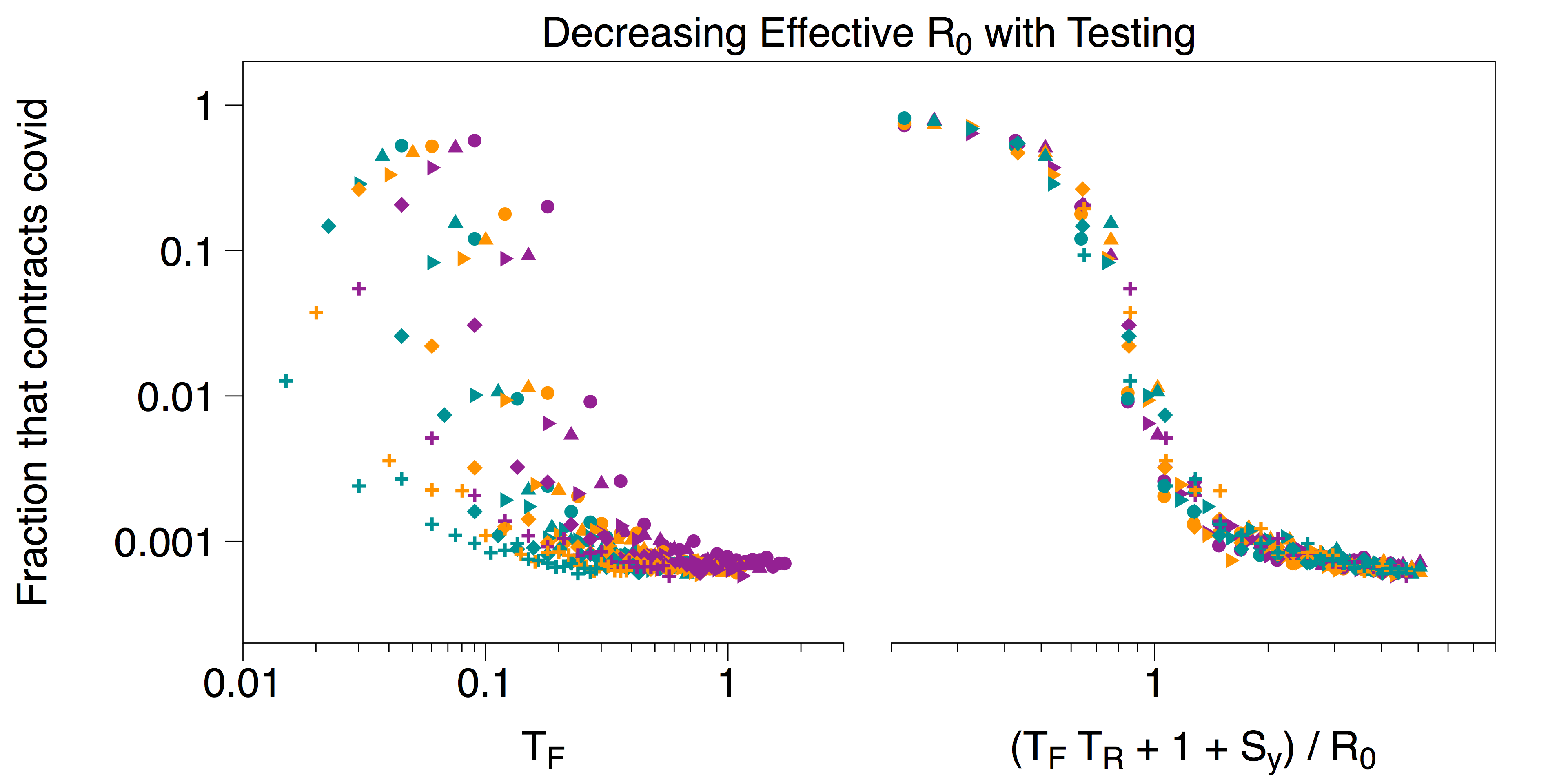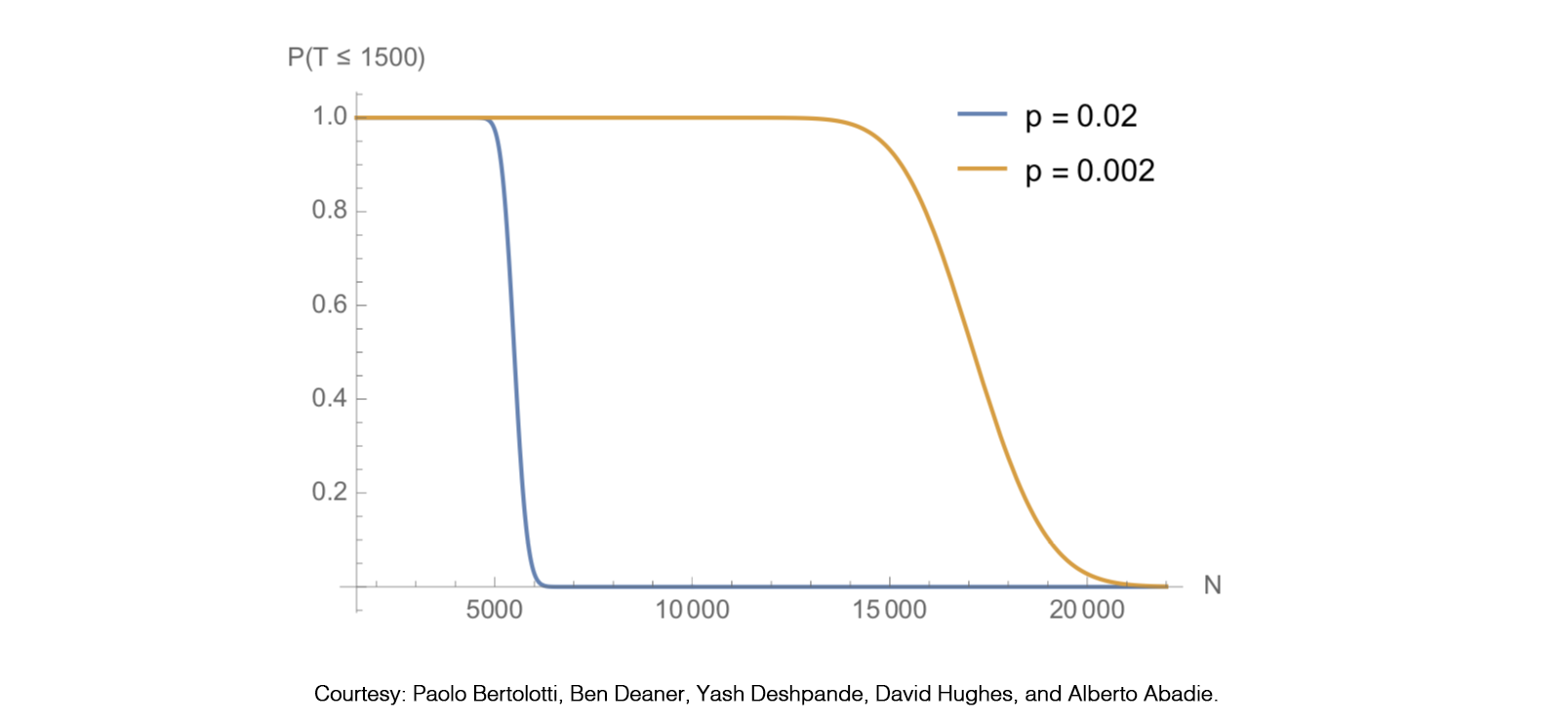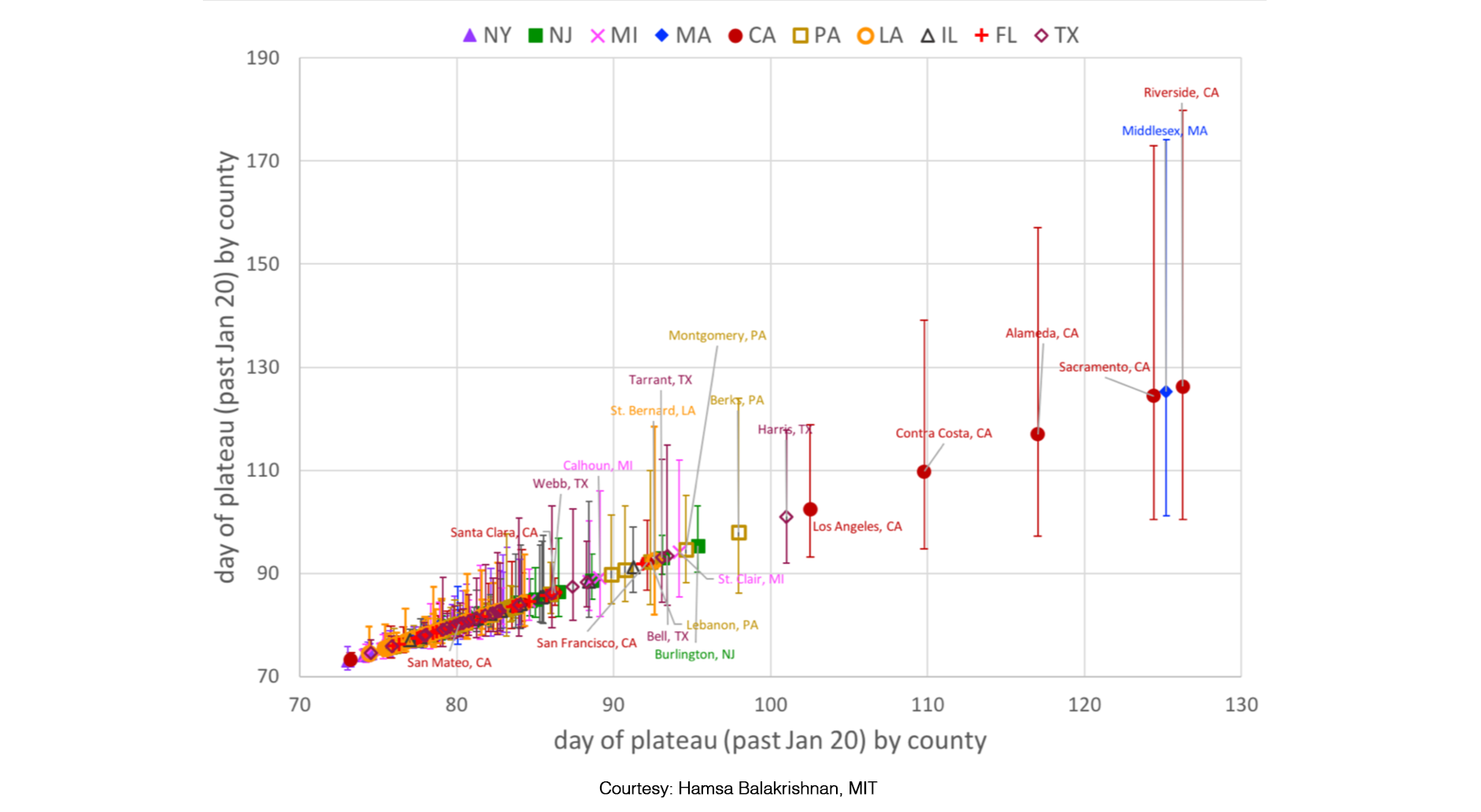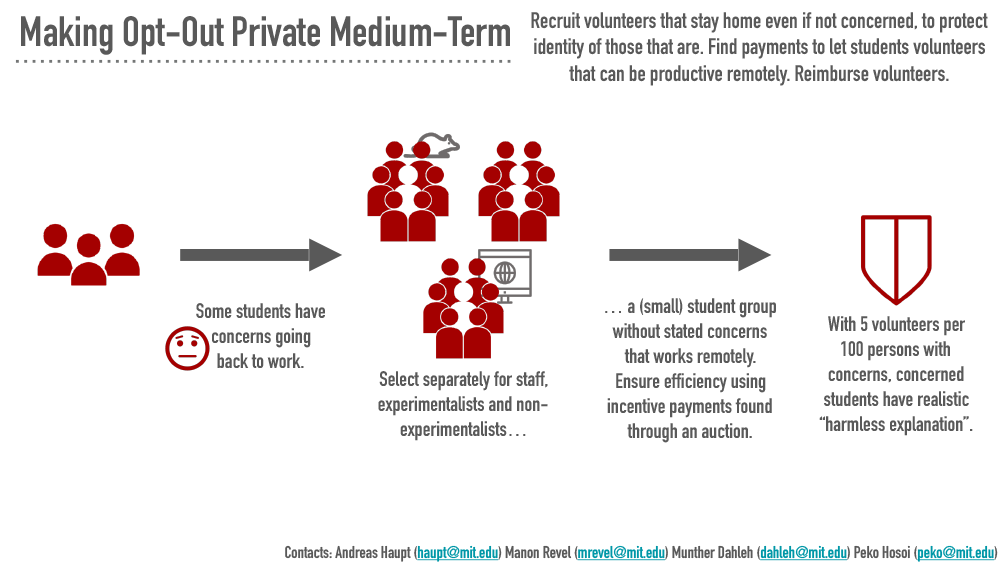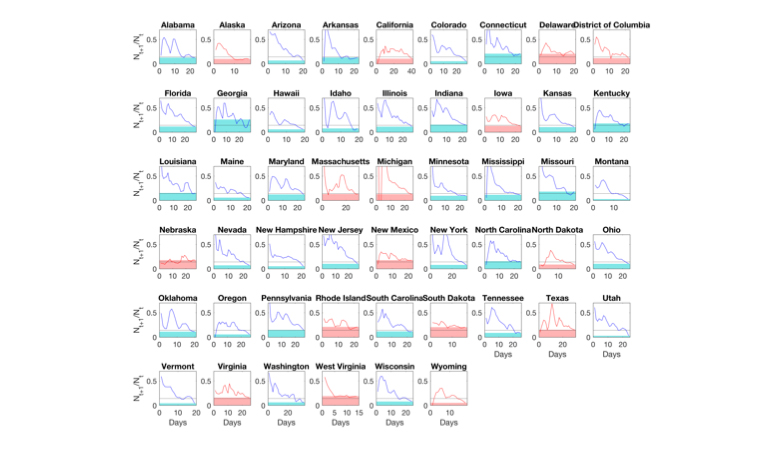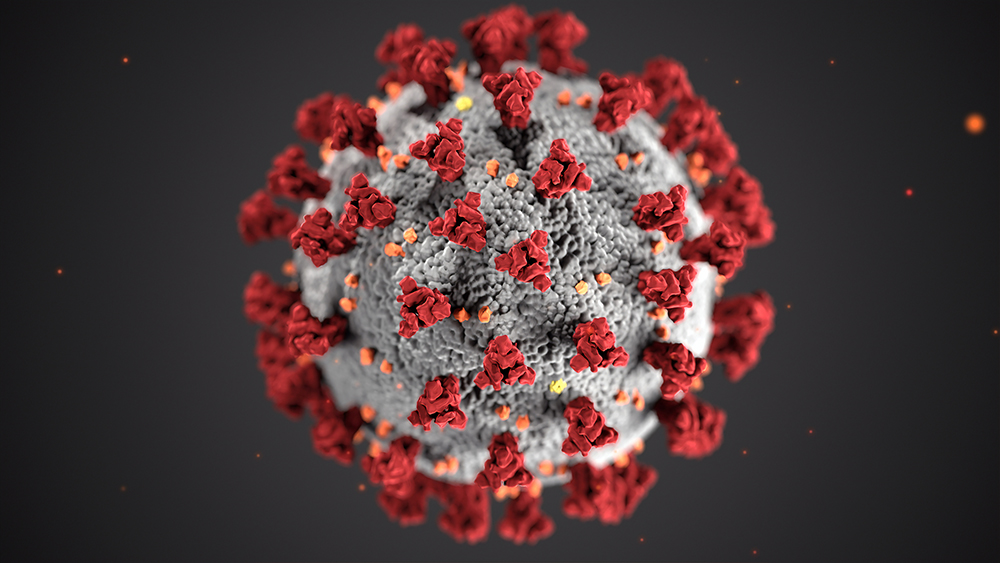Isolat Research Findings
The findings of Isolat collaborators center around three broad areas:
- Creating a data structure of heterogeneous data sets (e.g., spread of virus, mobility, interventions)
- Performing prediction of various critical time-dependent variables
- Understanding the effects of intervention and policies on the spread of this virus
The group recognizes that much of the data is noisy and that testing is evolving slowly, hence the quantification of uncertainty of our results is key to providing actionable outcomes.
The group’s findings are shared within Isolat’s broad community of researchers to view and analyze. A subset of such results that has been vetted by the group is published on this site to invite broader scrutiny, analysis, and extensions.
This type of dissemination is a departure from IDSS’ standard modus operandi of doing long term research and submitting it to journals. In the context of this pandemic, it may be essential for policy makers to move quickly and delaying (even imperfect) information for weeks or days could have a damaging impact on the health of the community. Consequently, the vetting process is somewhat limited and the group looks forward to engaging the larger scientific community to make these findings more precise.
August 25, 2020
As discussed in a previous post, we already know mixtures matter when it comes to COVID-19. Here, we take this idea a step further. We show that the spread of COVID-19 in the United States can meaningfully be described as the mixture of two outbreaks, and use this perspective to form predictions of how the pandemic will evolve. To show both the benefits and drawbacks of our curve-fitting method, we’ve developed a real-time, interactive dashboard for predictions.
July 13, 2020
IDSS Faculty members Ali Jadbabaie and Peko Hosoi were recently invited to the Rafael del Pino Foundation (Madrid, Spain) to discuss the IDSS COVID-19 Collaboration (Isolat). In a conversation led by MIT graduate student Juncal Arbelaiz, they talked about the main goals of the initiative, the importance of multidisciplinary research, and the value of data and modeling to inform policy-making that addresses the COVID-19 crisis.
July 8, 2020
In the attached document, we summarize our work on testing to-date in the context of the current testing landscape in the US and at MIT.
June 16, 2020
Part 4: Pod people
We are now approximately two and a half months into the lockdown and we have learned at least one undeniable truth: human beings are not cut out for social distancing. The good news is that many of us are not completely socially isolated. We are fortunate to live with a few members of our immediate families where the rules of social distancing are relaxed; within our households we can interact in a “normal” way. As campuses contemplate opening in the Fall, it is tempting to think about whether there could be analogous social structures in campus life. In this week’s post we will consider: Who is our “family” on a college campus? And what implications does that have in the spread of the virus?
Inside spaces such as lecture halls and lab spaces bring an elevated risk of transmission of COVID-19. The foundation on which university schedules are built, whom to bring together in inside spaces becomes a challenge. This guide highlights parameters and decisions that university administrators will make: which classes to offer to which students, online or offline.
May 29, 2020
Part 3: Who was that masked man?
This week’s post will focus on face masks. Given that the Center for Disease Control (CDC) recommends six feet of separation between unmasked people, we have been asked to consider the following questions: Should this distance be adjusted when one or both parties are masked? What impact do masks have on R0? And how do masks compare to other forms on PPE such as face shields?
May 26, 2020
As recently discussed in the New England Journal of Medicine, most models used to predict key quantities related to COVID19 take one of two general approaches. They are either mechanistic and assume an underlying model such as a Susceptible-Infected-Recovered framework, or use a data-driven, non-mechanistic method to make predictions based on existing trends in the data. While there is a significant discussion as to when each type of approach is to be used, many of the models currently being used, regardless of their general approach, tend to share one key assumption. They either implicitly or explicitly assume that the data will have only one apex.
May 12, 2020
Part 2: Opting out of testing
On May 1, we posted an update on the utility of testing + isolation in controlling the spread of diseases for which a significant portion of the population is asymptomatic. That post prompted a flurry of debate around the question: What happens if someone doesn’t want to be tested? Should they have the right to opt out and, if so, what is the cost to the community? This week we turn our attention to that question, namely, can we put a price on the right of refusal?
May 1, 2020
Part 1: Testing = Control
Widespread testing is essential in understanding the extent of covid-19, in predicting peaks in contagion, and in anticipating where the next hotspots will emerge; this information is critical in making decisions around deploying resources and preparing for surges in the health system. However, this is just the tip of the iceberg when it comes to the benefits of testing. The real potency of testing is not just in information, but in control.
April 27, 2020
Severe acute respiratory syndrome coronavirus 2 (SARS-CoV-2) and resultant coronavirus disease (COVID-19) are spreading rapidly across the globe. However, testing for the virus remains limited due to resource constraints. Pooled sample testing provides one approach to significantly increase testing capacity. This note briefly covers some of the basic statistical details of pooled testing and relevant medical literature.
The purpose of this memo is to summarize various classical and emerging approaches for epidemic modeling. The goal here is to describe the models and the methods for learning such models in a data-driven manner as well as utilizing them for various predictive tasks.
April 24, 2020
As we reach the apex of the COVID-19 pandemic across the globe, the most pressing question facing us all is: can we, even partially, reopen the economy without risking the second wave? Towards that, we first need to understand if shutting down the economy helped. And if it did, is it possible to achieve similar gains in the war against the pandemic while partially opening up the economy? And if so, how does that translate into policy? We hope that this article will provide useful guidance for policy makers as they weigh trade-offs between the safety of the population, strain on the healthcare system, and impact on the economy.
In a phased reopening of MIT, some members of our community (graduate student researchers, faculty, and staff) may not yet feel comfortable returning to campus. Yet, they might not raise these concerns for fear of repercussions from their supervisors. To create an atmosphere in which concerned employees can opt-out anonymously and work remotely, we propose a mechanism to recruit other workers to volunteer to be randomly selected to stay home. Volunteers would be reimbursed and, by acting for the common good, they provide a mechanism to preserve the privacy of those opting-out owing to health concerns. The mechanism presents a trade-off between privacy and efficiency by enabling people who have the greatest need to work on campus to do so. The following proposal is in response to a question posed by MIT’s Vice Chancellor Ian Waitz.
April 21, 2020
When there is sufficient testing capacity and prioritization, the confirmed coronavirus case counts can be a useful indicator of the spread of the COVID-19 in a population. The availability of case count data at the county-level in the U.S. allows us to examine the growth phase of the spread by location. In two graphs, we visualize the estimated apex (time-to-plateau) for counties in the 10 states with the highest COVID-19 case counts and the evolution of confirmed COVID-19 case counts in MA by county, since March 1.
April 17, 2020
The COVID-19 pandemic has inspired many of us to dig into the publicly available pandemic data; yet every time a new analysis is presented, someone inevitably asks: “But what about testing?” How can we extract any useful information out of the number of reported cases when the testing protocol is murky at best? In this post we dig into the vagarities of testing and suggest when the information in the reported case numbers may be useful and when it is likely to be suspect.
April 14, 2020
As MIT and the country fight to limit the effects of the COVID-19 pandemic, one question yet to be answered is how and when we should return to our normal lives. While there are many aspects that can impact policy choice, the percentage of the community that is immune ought to play an important role. In particular, it is very useful to know the tradeoff between immunity and transmission rate to prevent reinfection. Using a network model, Isolat collaborators find how the probability of a new infection becoming an epidemic varies as a function of the level of immunity and connectivity.
April 10, 2020
The spreading rate of Covid-19 is infamously exponential at the early stages of the epidemic, translating to doubling every 2.3 days in US (although varying region by region). However, classic epidemiology models suggest that the rate of growth itself depends on the number of incidences, and the rate declines as the number of incidences grow. With 90-95% of the US population under strict social distancing measures, have we flattened the curve? Do we see a decline in the exponential rate?
April 7, 2020
Researchers across the globe have been putting their minds and machines to work addressing many important COVID-19 related questions: When will we run out of hospital beds? How effective are current interventions? How should governments plan for the resumption of work and increased mobility? Timely access to good data is critical for this work. Various groups have made numerous data sources available, and Isolat has gathered some of these sources into a ‘virtual data lake.’ The virtual data lake allows researchers to access a large number of data sources simultaneously, with up-to-date data, using simple python scripts.
April 3, 2020
Over the past few weeks, states have taken a variety of different approaches to combat the evolving COVID-19 pandemic. These range from strong actions (e.g. close all bars and restaurants) to relatively mild responses (e.g. discourage people from going to restaurants). This graph shows how much the rate at which the disease spreads, changed in each state after restaurant-related interventions.
